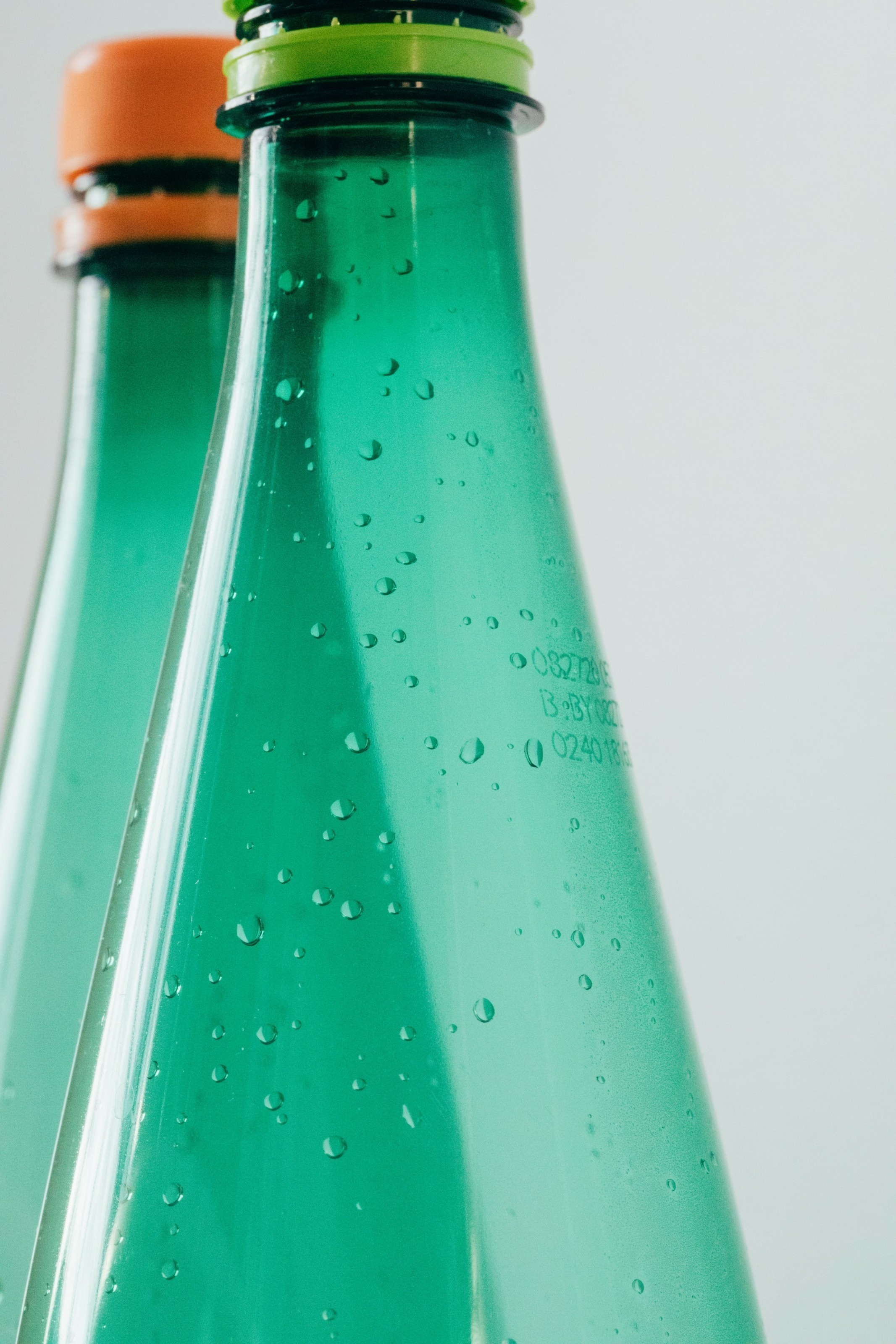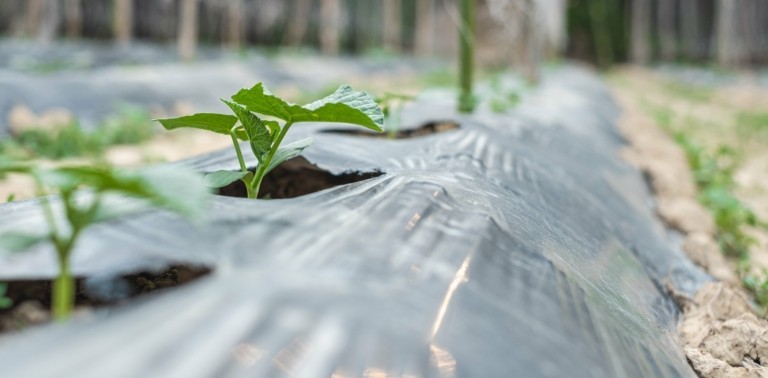
In recent headlines companies making oxo-degradable plastic additives have stated that their products do not emit methane gas when placed into landfills unlike bioplastics.
BioSphere Plastic has been asked if this is possible. Can plastic biodegrade in a landfill and never emit methane gas?
The simple answer is no. Biodegradation in a landfill occurs on multiple levels both aerobically and anaerobically but the lifespan of a normal product being placed into a landfill will undergo major anaerobic biodegradation.
Aerobic biodegradation is biodegradation that occurs with oxygen and anaerobic biodegradation occurs without oxygen.
Biodegradation in a landfill is anaerobic biodegradation and aerobic with the majority of the lifespan on the anaerobic side. The depth of the product when placed into the landfill determines the rate of aerobic and anaerobic activity. Methane is produced when plastics are being consumed by microorganisms within the anaerobic (little oxygen) and carbon dioxide is produced when there is oxygen present. Oxo-degradables undergo what we call UV degradation which reduces the molecular weight of the product, without UV light this reduction of the polymer chain is insignificant and leads to the product not becoming rapid fast food for microorganisms.
The comparisons of technology between oxodegradable plastic and Biosphere® Plastic:
BioSphere® Plastic is plastic which is designed to hydrolyze by microbial action which is done by enzymes. The enzymes which are produced by microorganisms react organically with the BioSphere additive. This allows hydrolyzing of the polymer chain by reactions which are the same as microbes biodegrading leaves or twigs.
Aerobic biodegradation by microorganisms reacting with the BioSphere® additive in plastic leads to carbon dioxide. Anaerobic biodegradation of plastic utilizing BioSphere® additive leads to methane gas which in 69% of consumer waste within the United States is either captured to make energy or turned into carbon dioxide.
Oxo-degradable technologies break the polymer chain by UV light, light reduces the plastics strength and weakens the polymer bonds. This allows microbes which already consume plastic an easier chance to consume the smaller particles of plastic. The Oxo-degradable technologies can not work in normal disposal methods such as landfills. Landfills do not have access to UV light these technologies are meant for littered products and have no ability for microorganisms to consume the plastic when not exposed to UV light. It is important to understand without light oxodegradable products do not break into smaller pieces easier for microbes to consume, these products essentially do nothing unless exposed to UV light.



